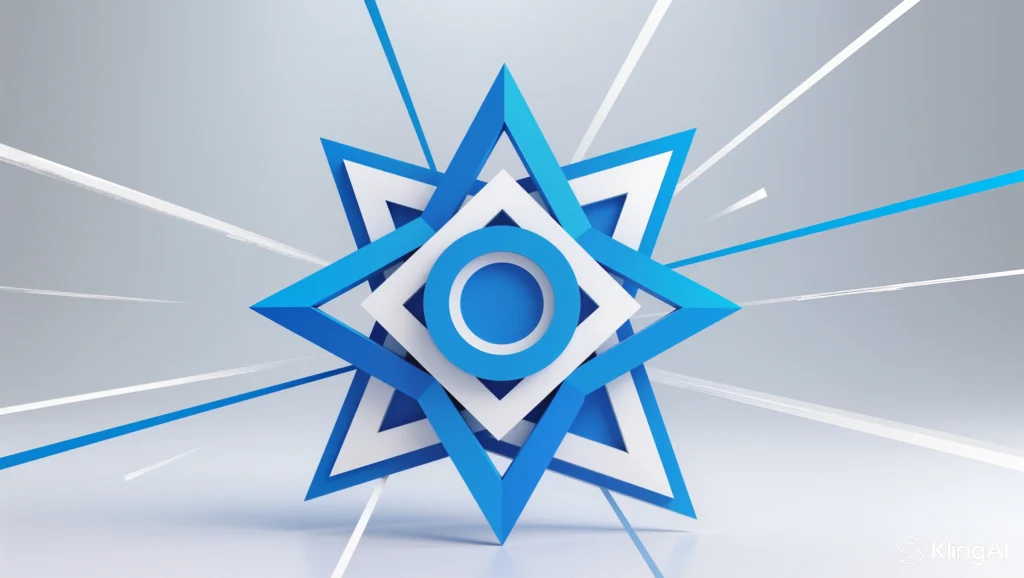Focus Point in UI Design: How Not to Lose User Attention
When digital interfaces first emerged, a screen was considered “beautiful” if it was filled with graphics, animations, and bright buttons. Designers were proud of the visual richness. But soon it became clear: users don’t know where to look first, and the key element gets lost among the details.
Imagine a mobile game: animations explode across the screen, buttons flash, banners pop up—and the “Start Game” button disappears into the noise. The player closes the app before even beginning. This is the reality of lost user attention.
This is how the problem of focus points in UI design was born.
Why Interfaces Lose Attention Today
Even experienced designers sometimes fall into the same trap: a screen looks beautiful, but important elements are lost among secondary details.
- In e-commerce, the “Add to Cart” button blends with product cards.
- In health apps, notifications about new tasks get lost among statistics and charts.
- On SaaS landing pages, the subscription form hides under visual effects.
Result: users don’t click on the CTA, engagement drops, and the interface frustrates them.
Squint Test and Overlay Frame
A simple method to quickly see where attention goes: slightly squint your eyes while looking at the layout—the gaze naturally focuses on the main element.
For a more precise analysis, use an overlay or correction frame:
- Place a frame over the interface;
- Blur all elements outside the frame;
- Observe which element draws the eye first.
At early stages, this helps identify the visual flow without complex tools or AI.
What a Focus Point Is and How to Identify It
A focus point (focal point in UI design) is the main element of an interface that users see first.
Ways to highlight the focus:
- Visual contrast with surroundings;
- Size and shape;
- Color and brightness;
- Empty space around the element;
- Proper placement in the natural gaze zone.
Who decides the focus point:
- UX Designer — defines what is important to users and which task is top priority;
- UI Designer — visually strengthens the element with color, size, animation;
- Product Manager / Marketer — confirms that the element aligns with business goals;
- QA / Tester — ensures the focus is visible across devices.
Stages of Working with Focus Points
- Research
Determine user goals and business objectives.
Example: on a SaaS landing page, the subscription form is key → focus on the form. - Wireframe / Low-fidelity
Arrange elements by priority: main elements in the natural gaze path, secondary elements around.
Example: in a mobile game, the “Start” button is centered on the screen. - High-fidelity / Visual Design
Add visual emphasis: color, contrast, size, animation, empty space.
Example: the “Add to Cart” button in an e-commerce interface is highlighted and surrounded by space. - AI Analysis and Figma Plugins
Tools:- EyeQuant — simulates user gaze;
- Attention Insight — checks what is seen first;
- Vizly — visualizes eye flow;
- Stark — verifies contrast and visibility;
- Figma Blur/Overlay Plugins — correction frame + blur secondary elements;
- Figma Focus Map / Heatmap Plugins — heatmap of eye concentration.
- Iterations and Final Release
Test with users and adjust based on AI results and squint tests.
Examples of Websites with Strong Focus Points
- Apple.com — large CTA button, natural visual flow;
- Airbnb.com — focus on the search function;
- Canva.com — bright “Create a Design” button draws immediate attention.
A focus point is a tool to guide attention that connects business goals with user needs.
- Use squint tests and overlay frames with blur in early design stages;
- Verify with AI and Figma plugins to ensure the main element truly attracts attention;
- Iterations before release guarantee an interface that is not only beautiful but also effective.
The history of digital design teaches us: it doesn’t matter how pretty a screen looks—it matters what users see first.
Read also: 7 Principles of Good Design

